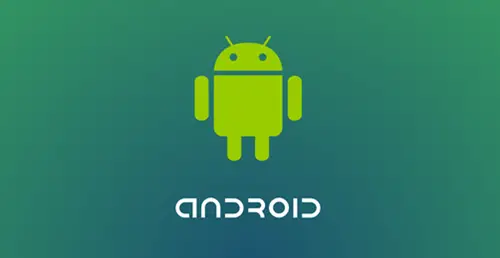Many of us often wonder how Microsoft makes money from Android OS. The revenue probabilities point towards the products that Microsoft creates for Androids. But then, aren’t they freemium goods? I mean, Word for Android or Office for Android and things like that are available for free to Android users, and there is no subscription, etc. plans that might point towards Microsoft making money out of such products.

How Microsoft makes money from Android
While it is true that Ballmer had pointed out that freemium products will help Microsoft earn in the longer term, they alone cannot be the source of revenue Microsoft earns from Android OS.
We too had carried an article where we explained how freemium products raise revenue for Microsoft. They do provide a bit of revenue, but it is not the complete picture.
It is estimated that Microsoft earns anything between $5 and $15 for every new Android device sold in the cellphone market. Samsung has paid around $1 billion to Microsoft in the last few years for shipping and selling new phones running Android. Thus, the major source of revenue for Microsoft from Android is not freemium products. Then what is the source?
According to BBC and a few other sources, Microsoft charges “patent usage fee” from phone and tablet manufacturers that run Android. You might wonder how that is and what patents does Microsoft charges for because Android is considered more of Google. There are many things to be considered in this respect.
One of the examples provided is the FAT file system on Android phones. The FAT file system was developed by Microsoft back in the days when it used to manufacture MS-DOS. The FAT file system allowed for longer file names (up to 255 characters long). Before the FAT32 system, filenames were allowed only to be eight characters long. FAT is a file storage system that allows longer filenames that the operating system would shorten and store in backward compatibility form. Before FAT, spaces were not allowed in filenames. With FAT, filenames like My Documents are stored as My%20Doc~1 that satisfy the requirement of filename having just eight characters long. Since Android employs the system to store files and folder names, Microsoft charges a patent fee from device manufacturers.
The FAT file system is just one of the Microsoft inventions that Android employs. There are many other such small things that – though can be overlooked – require permission from Microsoft. It is not clear if most of such inventions were even patented by Microsoft legally.
Some say that Microsoft cannot win a legal battle over patent fees if the issue is taken to court. But the amount of money a device manufacturer would have to spend on legal battle would be much higher than agreeing to pay the patent fee. Thus, the device manufacturers sign a non-disclosure agreement for patent usage. It is not clear how much each device manufacturer pays to Microsoft towards patent usage fees as Microsoft does not declare it separately in its balance sheets. It includes the amount in the sectors that are running in losses – such as Xbox and Skype – and covers the losses thus.
BBC reports that Microsoft received about 1 billion dollars from Samsung to use the former’s technologies in Google’s Android. The amount was a secret until Samsung refused to pay the patent fee after Microsoft’s acquisition of Nokia – saying that it will be using the technology used in Nokia and hence would not be liable to pay anything to Microsoft.
Besides Samsung, there are other companies like HTC, LG, Acer, and Celkon that use Android OS on their handsets. There are still smaller companies – local to their countries and Microsoft does not leave its share anywhere.
I hope this answers the question of how Microsoft makes money from Android. It is not just freemium products. In fact, freemium products are just a small percentage. The major income for Microsoft is the patent license agreements between Microsoft and cellphone manufacturers.